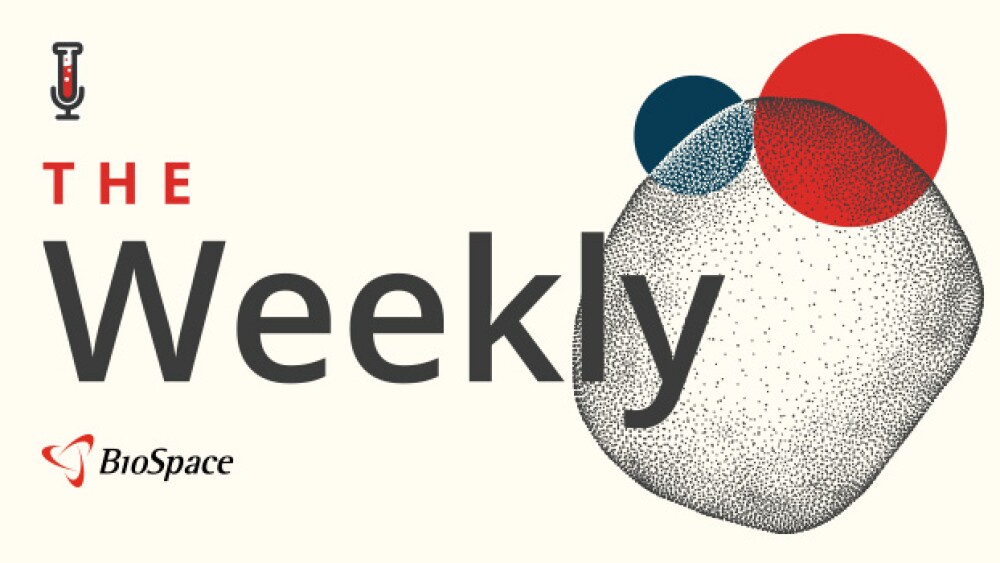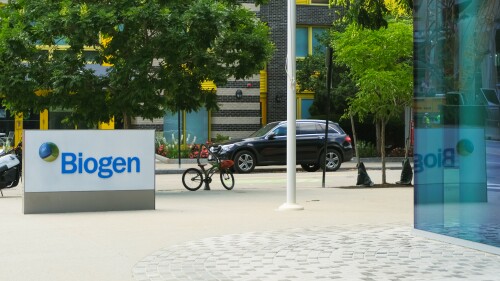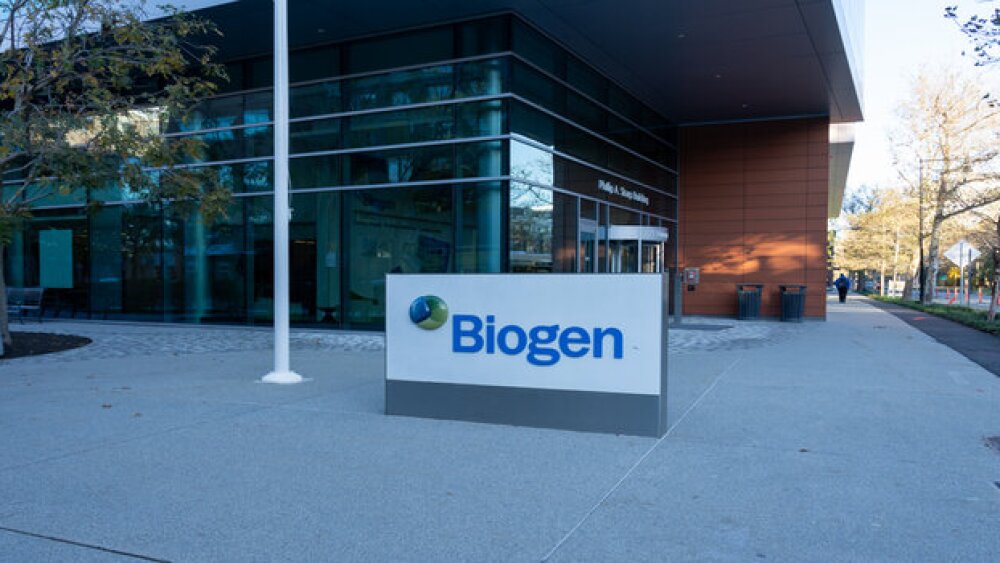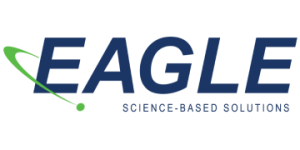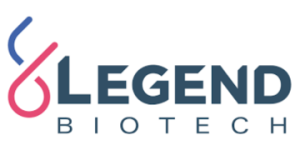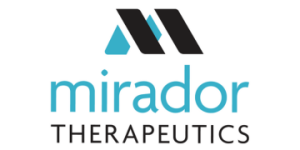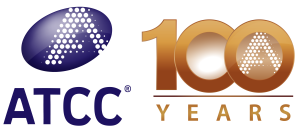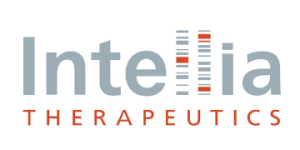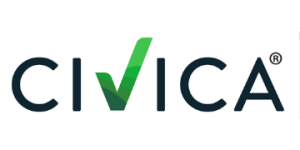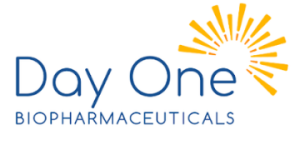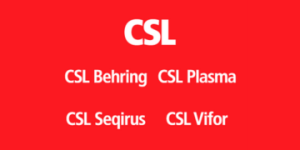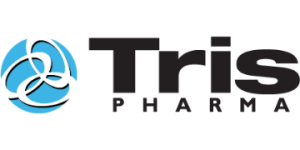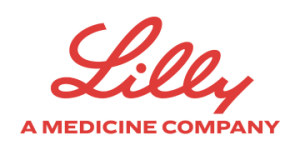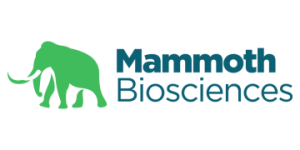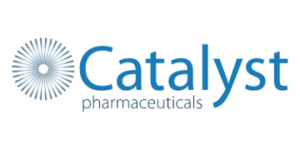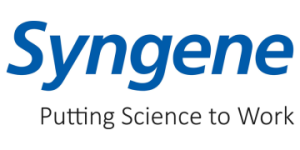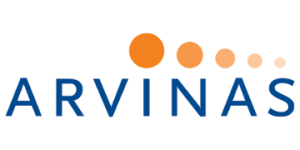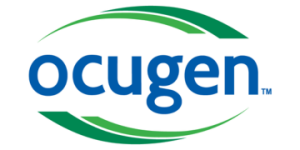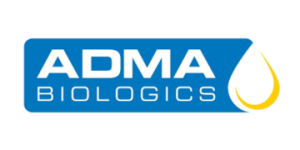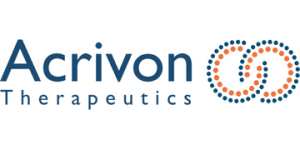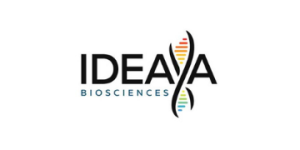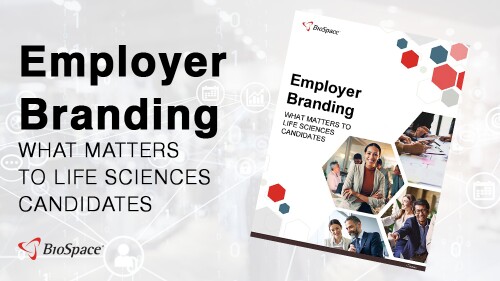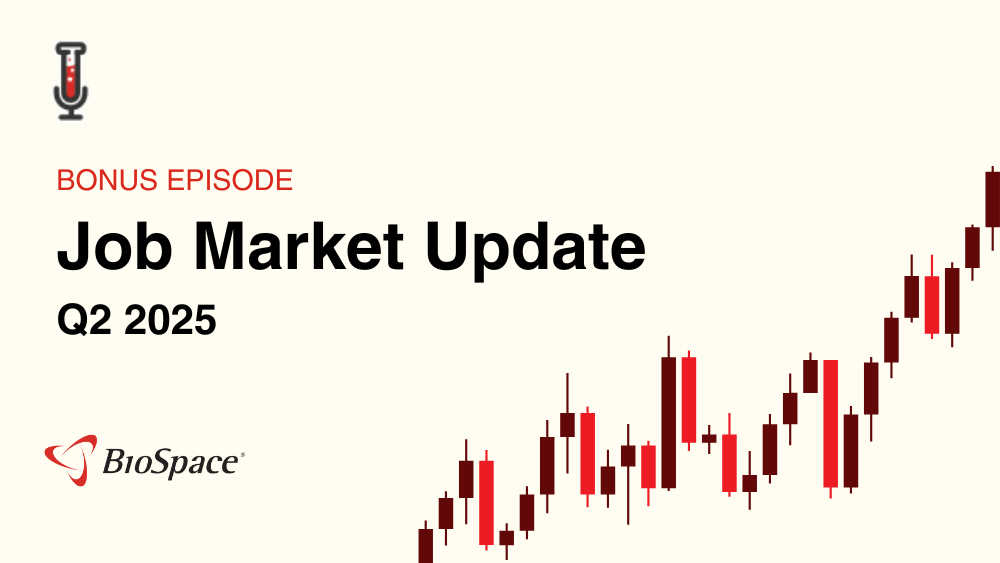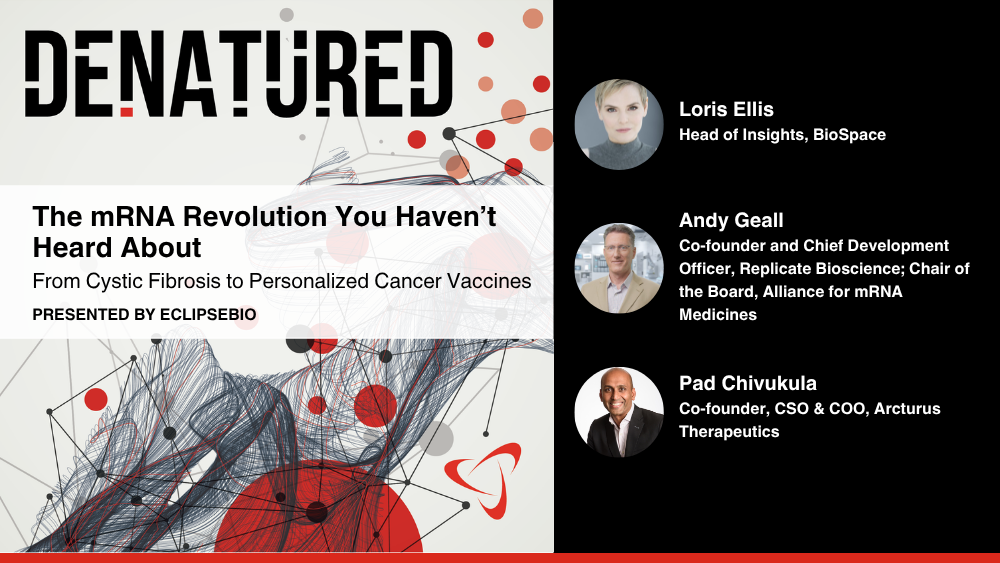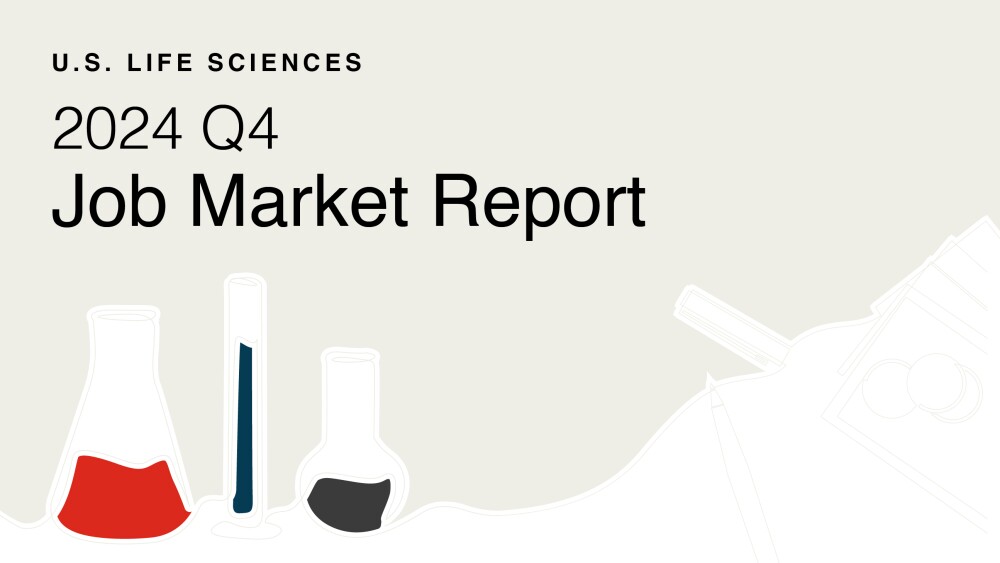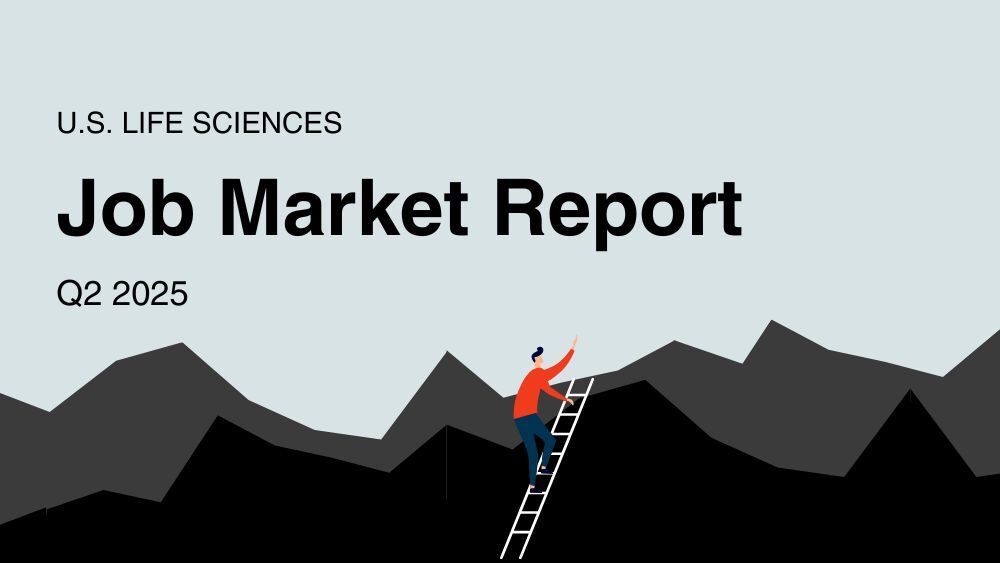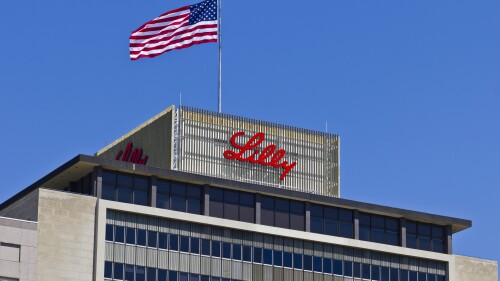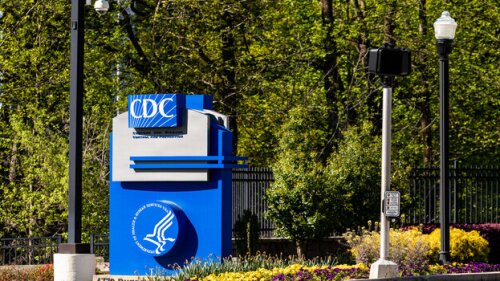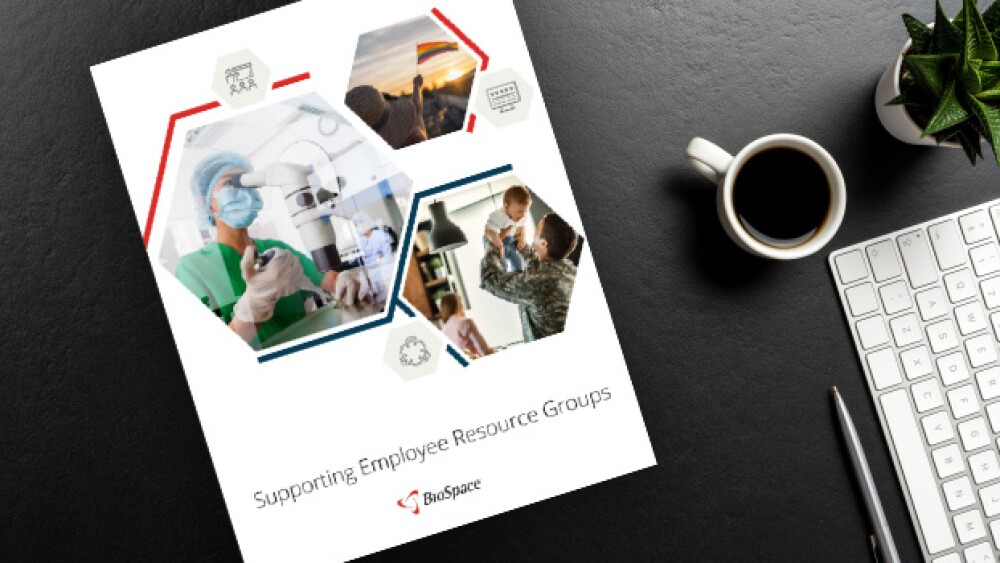Novo Nordisk’s leadership gets another shake-up as President Trump promises to significantly slash prices for its GLP-1 drugs; Summit/Akeso, Exelixis and more present new data at ESMO 2025; Replimune pops as FDA accepts resubmitted BLA; FDA names first winners of Commissioner’s National Priority Voucher program; and more.
Phase III data for dapirolizumab pegol presented at the 2025 conference of the American College of Rheumatology showed quality-of-life benefits in systemic lupus erythematosus that could see Biogen go head-to-head with GSK and AstraZeneca in a blockbuster space.
New interim data from a Phase III trial puts the company on track to file for FDA approval next year in an indication that not only lacks a disease-modifying treatment but suffered significant setbacks after a patient died in a clinical trial for Sarepta’s investigational gene therapy.
In this deep dive, BioSpace investigates China’s rise as a biotech powerhouse.
Intellia earlier this year reported a similar grade 4 liver enzyme elevation associated with the gene therapy nexiguran ziclumeran, though analysts at BMO Capital Markets at the time brushed it off as a “non-concern.”
The takeover of its competitor, announced Sunday, could also bring some attention to Dyne Therapeutics, which has a similar RNA-based pipeline in rare muscle diseases.
Lynkuet is the first FDA-approved therapy that blocks both the neurokinin 1 and neurokinin 3 receptors to treat hot flashes.
FEATURED STORIES
With two late-stage programs set to read out in the next 48 months, Biogen is translating its wealth of experience in multiple sclerosis to lupus—developing a pipeline BMO Capital Markets analysts called “thoughtful.”
New FDA expert panels, such as recent meetings on SSRI use during pregnancy and on hormone replacement therapy during menopause, are drawing criticism for being one-sided. One leader says such panels are designed to reach a specific conclusion.
Amid an unprecedented turnover in leadership at the FDA and mass layoffs of staff, communication has crumbled and uncertainty runs rampant, leaving small and medium biopharma companies without a clear path forward for their therapies.
Robert F. Kennedy Jr. repeated a series of anti-vaccine talking points during his appearance in front of the Senate finance committee on Thursday, as Democratic and Republican senators alike hammered the Health Secretary on recent COVID-19 vaccine restrictions and his views on Operation Warp Speed.
As AAV9 and CRISPR programs navigate safety, delivery and scalability hurdles, small molecules offer a deployable, scalable bridge, complementing genetic approaches and accelerating meaningful impact for patients with Duchenne muscular dystrophy.
It can cure deadly diseases, save long-term healthcare costs and transform lives. But the U.S. insurance system still isn’t ready to pay for it.
LATEST PODCASTS
In this bonus episode, BioSpace’s Vice President of Marketing Chantal Dresner and Careers Editor Angela Gabriel take a look at Q2 job market performance, layoffs and wider employment trends and policies impacting the biopharma workforce.
In this episode presented by Eclipsebio, BioSpace’s head of insights Lori Ellis discusses mRNA and srRNA with Andy Geall of Replicate Bioscience and Alliance for mRNA Medicines, and Pad Chivukula of Arcturus Therapeutics.
H2 2025 catalysts to watch, biopharma implications of President Trump’s tax law, KalVista’s new hereditary angioedema drug that Marty Makary reportedly tried to reject, another lawsuit aimed at Health Secretary Robert F. Kennedy Jr. and a plea from patients with ALS for access to BrainStorm’s NurOwn.
Job Trends
Encoded’s layoffs will mostly affect its technology and early-stage research and development functions. The move is expected to keep the biotech operational well into 2026.
Subscribe to Genepool
Subscribe to BioSpace’s flagship publication including top headlines, special editions and life sciences’ most important breaking news
SPECIAL EDITIONS
In this deep dive, BioSpace explores the next big thing in obesity.
BioSpace did a deep dive into biopharma female executives who navigated difficult markets to lead their companies to high-value exits.
BioSpace data show biopharma professionals faced increased competition for fewer employment opportunities during the second quarter of 2025, with increased pressure from further layoffs.
DEALS
-
The deal marks an end for CAR T company Cargo Therapeutics, which has been slashing its workforce and cutting programs since the January decision to halt its lead candidate for a certain type of aggressive large B cell lymphoma.
-
After the FDA rejection of Zurzuvae in one type of depression and the triple failure of neuro asset dalzanemdor, Sage was searching for a path forward at the end of December 2024. Biogen CEO Chris Viehbacher spied a possible deal, but the smaller company wasn’t interested.
-
Why did two private equity firms with more than $460 billion under management want a little old gene therapy biotech called bluebird bio? We wanted to know.
-
Big Pharmas like Eli Lilly, Sanofi and Novartis headed back to the dealmakers table multiple times, with 32 total deals counted across the industry for the first half.
-
The rise of monoclonal antibodies brought back hope for stalling or reversing the devastating neurodegenerative disease. Big Pharma has taken notice with a handful of high-value deals, GlobalData reports.
WEIGHT LOSS
-
Viking Therapeutics’ VK2735 achieves a 10.9% placebo-adjusted weight loss at 13 weeks, but a less than ideal safety profile marred the results.
-
While the 10-fold increase in dose over injectable Wegovy has raised questions about the launch, Novo Nordisk has assured investors it has the manufacturing capacity to roll out oral semaglutide without restrictions on supply.
-
Patients who are prescribed Wegovy or Ozempic can now use GoodRx to access the medications at just $499 a month if they skip insurance. This is not the first time Novo has partnered with a pharmacy to offer the blockbuster drugs.
-
The Boston-based AI/ML startup focuses on endocrine and cardiometabolic diseases and will use that expertise to generate new small molecule obesity medications for Lilly.
-
Prasad Returns, Delany Departs, Lilly’s Weight Loss Pill Disappoints and Sarepta’s Fallout ContinuesCBER Chief Vinay Prasad reclaimed his job less than two weeks after his mysterious exit; MAHA implementor Gray Delany is out after reportedly sparring with other agency officials over communications strategy; Eli Lilly’s first Phase III readout for oral obesity drug orforglipron missed analyst expectations; and Arrowhead Pharmaceuticals addresses the recent woes of its of partner Sarepta.
POLICY
-
During the COVID-19 pandemic, Health Secretary Robert F. Kennedy Jr.—along with FDA Commissioner Marty Makary and CBER Director Vinay Prasad—argued against vaccine mandates, partly because they limited medical choice. This week, the FDA under their leadership approved updated COVID-19 vaccines with restrictions that do the same.
-
Health Secretary Robert F. Kennedy Jr. will testify before the Senate Finance Committee on Sept. 4, following the ouster of CDC Director Susan Monarez and tapping of HHS Deputy Secretary Jim O’Neill as her interim replacement.
-
The CDC director—the first to be confirmed by the Senate under new legislation—has been ousted after less than a month following internal unrest regarding new, more restrictive approvals for updated COVID-19 vaccines, according to multiple sources.
-
Scott Gottlieb, who served as FDA commissioner during the first Trump administration, wrote in a JAMA editorial that China is speeding drugs to market and could potentially surpass the U.S. in the innovation game.
-
The MIT professor of management, who already sits on the CDC’s revamped immunization advisory committee, is a known skeptic of vaccines, particularly mRNA technology.
Companies will look at job candidates’ LinkedIn profiles, so make sure yours is strong, from the summary of your expertise and qualifications to testimonials from colleagues.
After more than 20 years at Eli Lilly, Leslie Sam moved into independent consulting. To prepare for the transition, she focused on becoming technically deep and earning industry recognition.
Employed and unemployed biotech and pharma professionals are thinking about job hunting in other fields amidst a challenging labor market.
When you don’t get the promotion you wanted, it’s important to assess your company and yourself so you can improve your odds in the future.
Looking for an automation engineer job? Check out these seven companies hiring life sciences professionals like you.
Career support is the No. 2 driver of employee engagement while learning and development is No. 3, according to a new Right Management report. A recent BioSpace survey supports those findings.
HOTBEDS
REPORTS
The 2021 Salary Report is significant in more ways than one. This year, BioSpace analyzed salary data through two key lenses: the impact of the pandemic, and for the first time, race and ethnicity.
BioSpace’s 2022 Salary Report explores the average salaries and salary trends of life sciences professionals. Though movement in the labor market slowed during the pandemic, recovery has been swift and employers are once again having to cope with a highly competitive talent market.
BioSpace has created guidelines on how biopharma organizations, large and small, can effectively support employee resource groups (ERGs), encouraging both their creation and ongoing participation.
CANCER
-
The pivotal Phase II trial is testing Allogene’s CAR T candidate cemacabtagene ansegedleucel for large B-cell lymphoma. ALLO-647 was being used as a preparative lymphodepletion therapy.
-
After decades of limited progress—owing to the difficulty of treating the disease and resultant market risk—glioblastoma research is entering a new phase spurred by smarter trials, targeted funding and renewed interest from companies like Merck and Jazz Pharmaceuticals.
-
Sarepta’s Elevidys is back on the market for ambulatory patients with Duchenne muscular dystrophy, Health Secretary Robert F. Kennedy Jr. reportedly plans to dissolve the U.S. Preventive Services Task Force and “fix” the vaccine injury compensation program, Merck, AstraZeneca and more report Q2 earnings, Novo names a new leader and Roche’s trontinemab impresses at AAIC25.
-
Pascal Soriot’s comments came during AstraZeneca’s Q2 earnings call in regard to President Donald Trump’s newly announced European pharma tariffs. The company also announced estimate-beating earnings, with its cancer portfolio driving earnings despite clinical roadblocks.
-
The star of GSK’s Hengrui partnership is the COPD candidate HRS-9821, which will complement the pharma’s respiratory pipeline that’s anchored by the anti-asthma drug Nucala.
NEUROSCIENCE
-
Despite the failure of its Recognify-partnered inidascamine, Jefferies analysts do not expect a definitively negative stock impact on atai, given the company’s promising psychedelic pipeline.
-
Acknowledging the limits of disease-modifying drugs like Leqembi and Kisunla, companies like Bristol Myers Squibb, Acadia, Otsuka and Lundbeck are renewing a decades-old search for symptomatic treatments, including in high-profile drugs like Cobenfy.
-
These five upcoming data drops could usher in more effective and convenient therapies for Alzheimer’s disease and open up novel pathways of action to treat the memory-robbing illness.
-
Second-quarter earnings come amid many high-level challenges for the biopharma industry. How will these five closely watched biotechs fare?
-
A retrospective cohort study found that semaglutide and tirzepatide are linked with significantly lower risks of dementia and stroke, hinting at potential neuroprotective effects of GLP-1 therapies.
CELL AND GENE THERAPY
-
CBER is unanimously against Elevdiys’ return to the market without additional evidence, according to media reports citing an anonymous senior FDA official. Given Elevidys’ full approval, however, experts told BioSpace this path would set up a length legal battle between the regulator and Sarepta Therapeutics.
-
Dispatch seeks to address two main challenges of immunotherapies in solid tumors: the lack of a target and the immunosuppressive tumor environment.
-
The voluntary pauses follow two patient deaths associated with the Duchenne muscular dystrophy gene therapy.
-
Sarepta Therapeutics’ stock has dropped precipitously as questions swirl around the safety of its gene therapies. Meanwhile, the Duchenne patient community fears losing access to Elevidys while the regulator considers more drastic action.
-
After initially refusing to suspend Elevidys distribution after two deaths, Sarepta has now given in to the FDA’s request, noting the need to maintain a good working relationship with the regulator.

